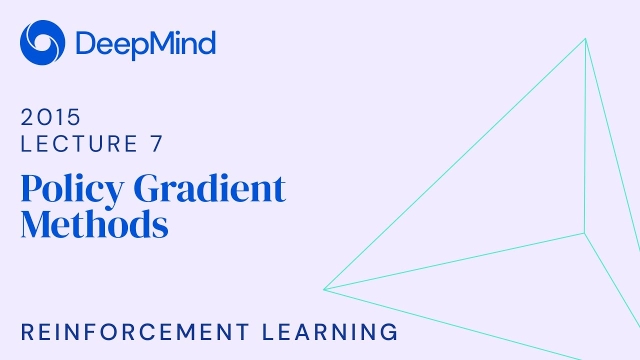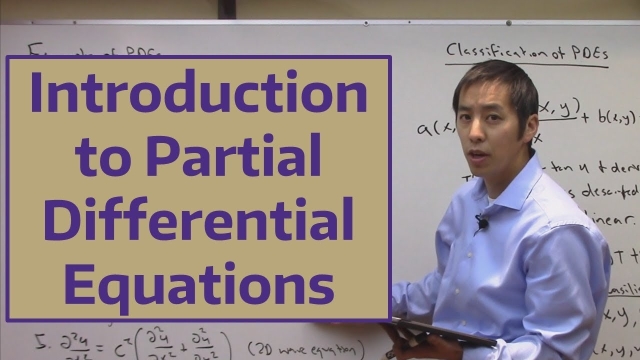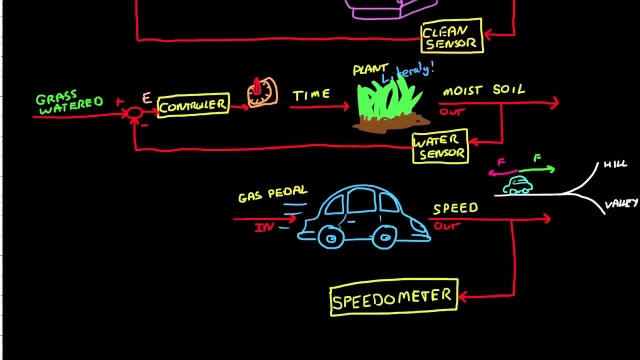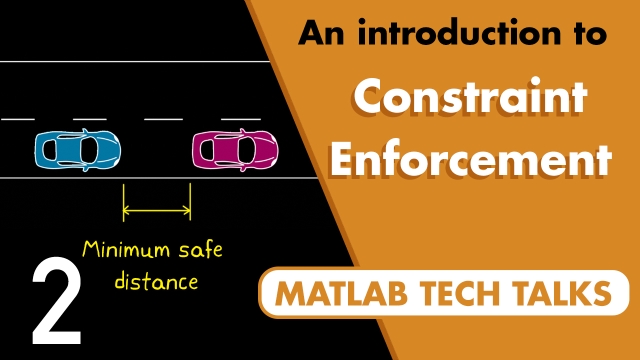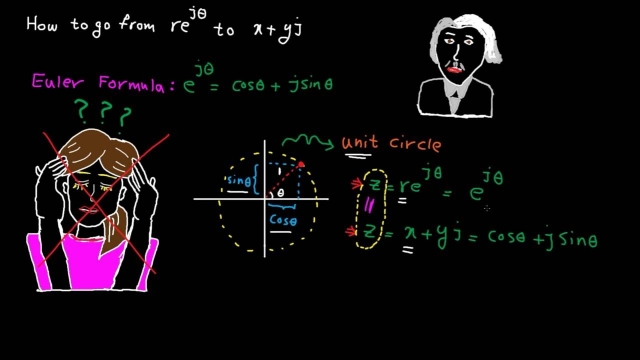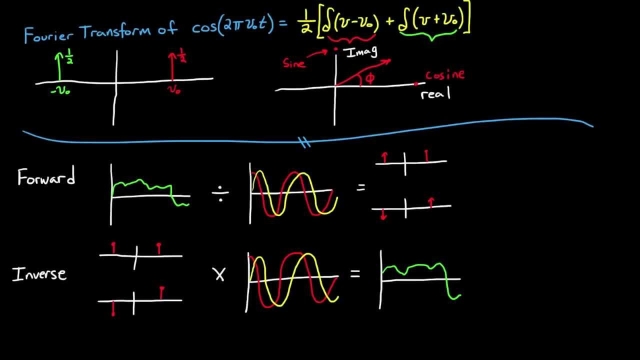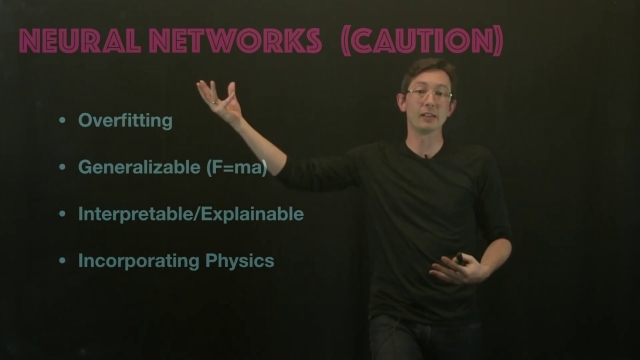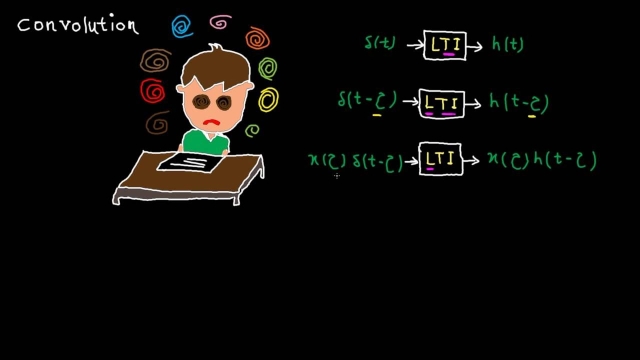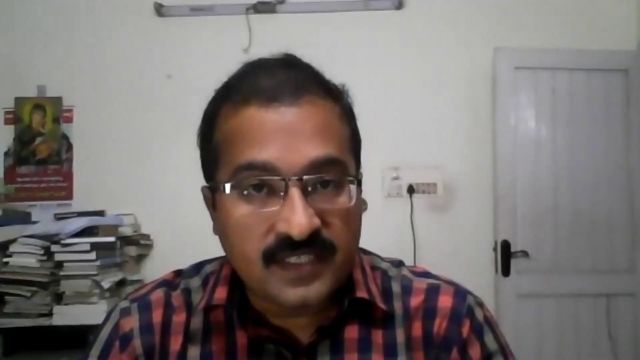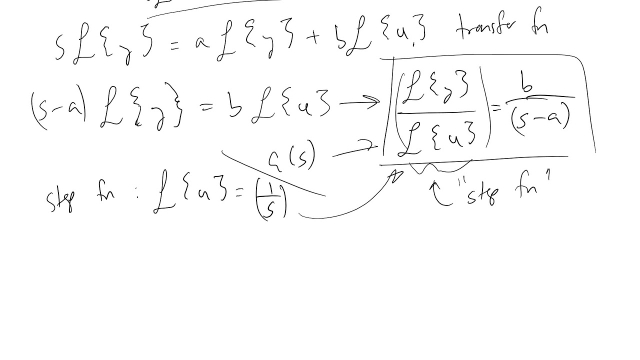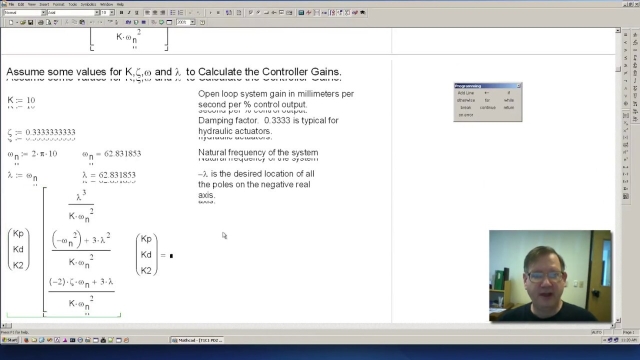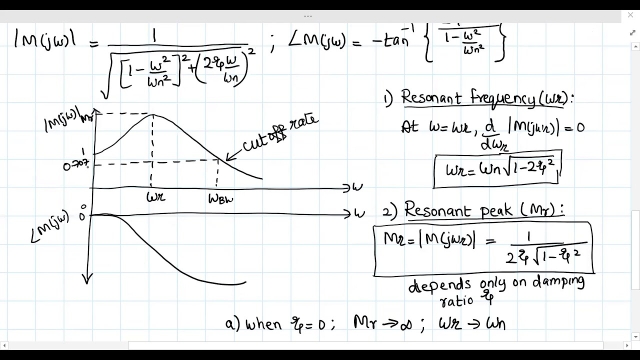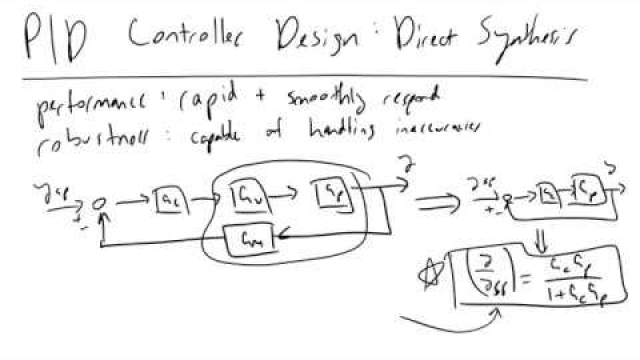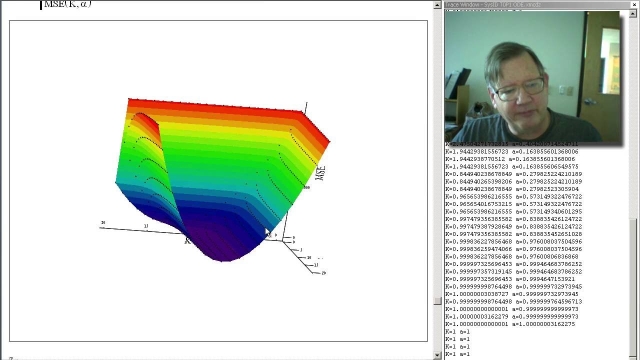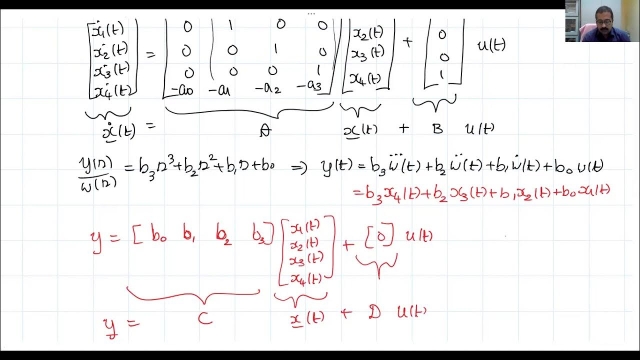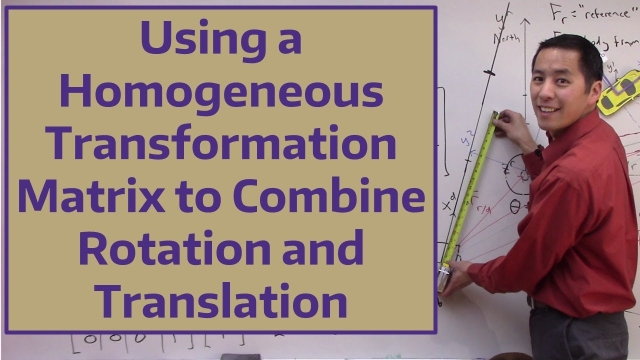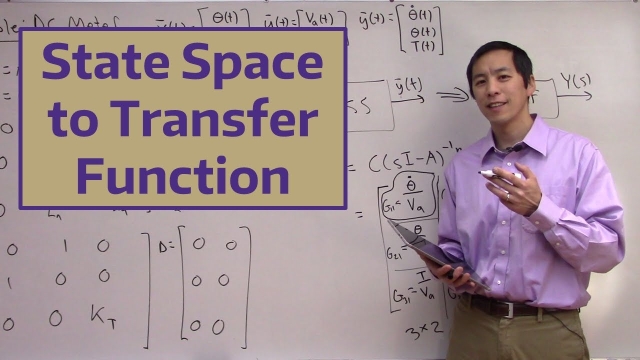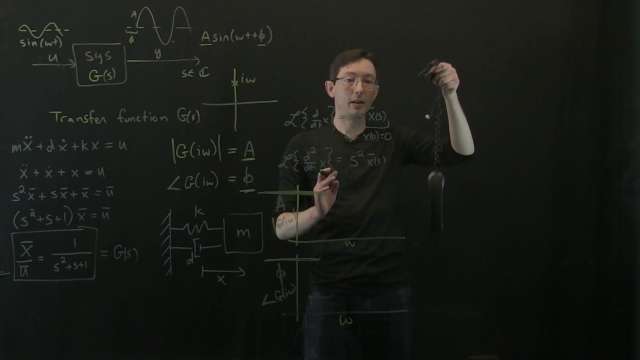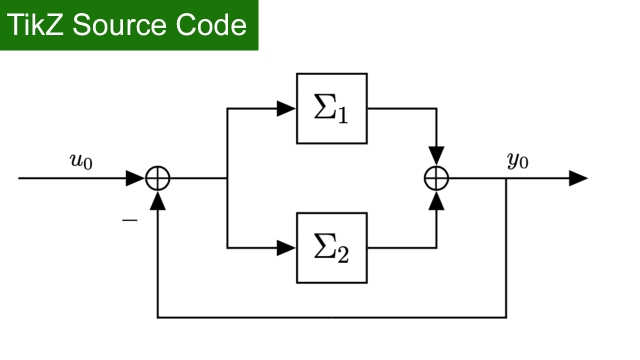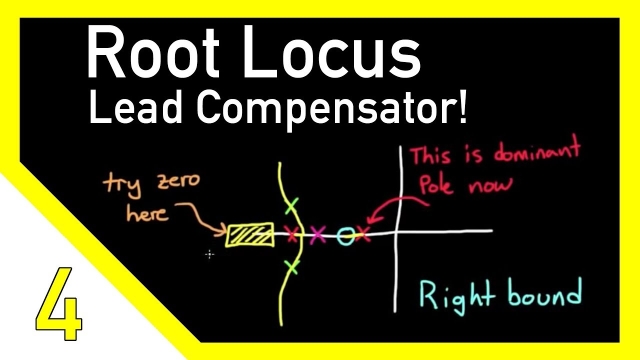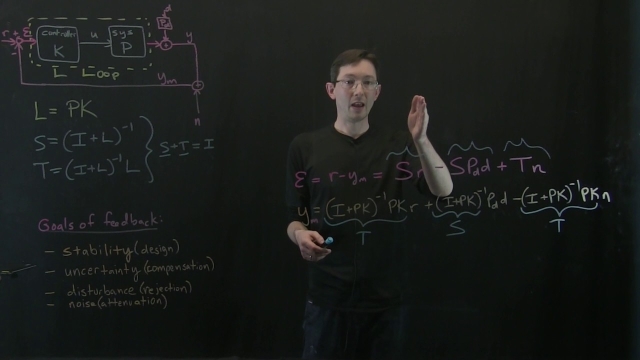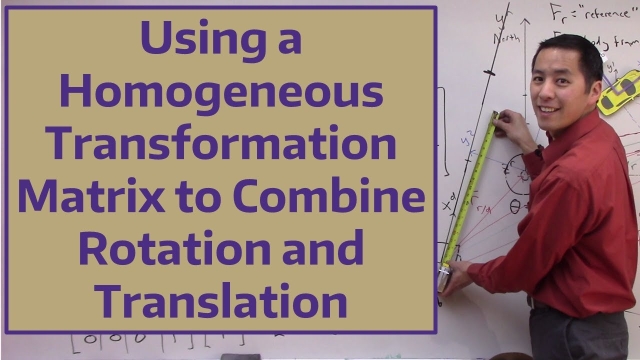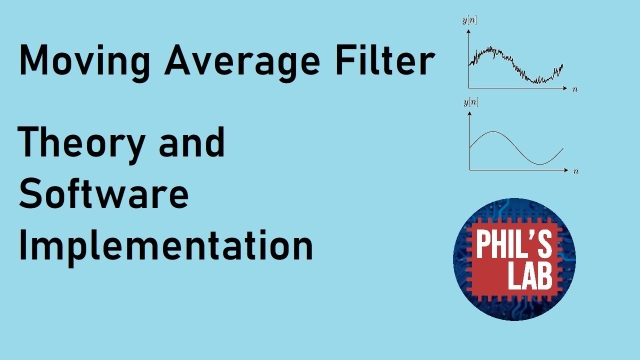
RL Course by David Silver - Lecture 7: Policy Gradient Methods
Looks at different policy gradients, including Finite Difference, Monte-Carlo and Actor Critic.
See MoreIntroduction to Partial Differential Equations
This is the first lesson in a multi-video discussion focused on partial differential equations (PDEs).In this video we introduce PDEs and compare them with o...
See MoreMachine Learning Course by Andrew Ng
A very comprehensive and detailed course in machine learning , best suited for beginners with knowledge of high school linear mathematics.
See MoreControl Systems Lectures - Closed Loop Control
This lecture discusses the differences between open loop and closed loop control.
See MoreConstraint Enforcement for Improved Safety | Learning-Based Control
Learn about the constraints of your system. Then see a how to enforce those constraints so the system does not violate them. Constraint enforcement is important for safety-critical...
See Morecrash course on complex numbers
In this video, we quickly review “Complex Numbers”. The following materials are covered:1- Cartesian and polar representation of complex numbers2- how to con...
See MoreIntroduction to the Fourier Transform (Part 2)
This video is the second part of the introduction to the Fourier Transform. I address an error that I made in the first video concerning the scaling term of the transform. I also try to...
See MoreNeural Networks: Caveats
This lecture discusses some key limitations of neural networks and suggests avenues of ongoing development.
See MoreTime domain - tutorial 8: LTI systems, impulse response & convolution
In this video, the following materials are covered:1) the beauty of linear & time invariant (LTI) systems2) why the impulse response of an LTI system is so i...
See MoreLecture 24: Stability using Bode plots
PID Control with Posicast Control 8 - ( In English )
This is the follow up of PID Control with Posicast ( Part II )
See MoreLaplace Transforms to Derive Transfer Functions
Once we have a state space model, we will take a Laplace Transform to derive the transfer function to determine the response of an output relative to an inpu...
See MorePeter Ponders PID - Simulation Methods, Which is Best?
Lecture 22: Frequency domain specifications for Second order system
Direct Synthesis for PID Controller Design
What tuning parameters should you choose for your controller? The Direct Synthesis Model is one method control engineers use today to evaluate controller par...
See MorePeter Ponders PID - System Identification Basics
Lecture 30: Canonical Forms
Using a Homogeneous Transformation Matrix to Combine Rotation and Translatio...
In this video we discuss how to properly deal with coordinate frames that are both rotated and translated from one another. We develop a homogeneous transformation matrix which combines a...
See MoreState Space to Transfer Function
In this video we show how to transform a linear state space representation of a dynamic system to an equivalent transfer function representation. We will de...
See MoreControl Bootcamp: Example Frequency Response (Bode Plot) for Spring-Mass-Da...
This video shows how to compute and interpret the Bode plot for a simple spring-mass-damper system.
See MoreTikZ source Code: Feedback systems
TikZ source Code: Feedback systems
See MoreDesigning a Lead Compensator with Root Locus
This video walks through a phase lead compensator example using the Root Locus method.
See MoreControl Bootcamp: Sensitivity and Complementary Sensitivity (Part 2)
Here we explore the sensitivity and complementary sensitivity functions, which are critical in understanding robustness and performance. (Part 2)
See MoreUsing a Homogeneous Transformation Matrix to Combine Rotation and Translatio...
In this video we discuss how to properly deal with coordinate frames that are both rotated and translated from one another. We develop a homogeneous transfo...
See MoreMoving Average Filter - Theory and Software Implementation
Moving average filter theory (time domain, frequency domain, Z-transform, FIR, etc..) and software implementation on a real-time embedded system using an STM32 microcontroller and a...
See More
